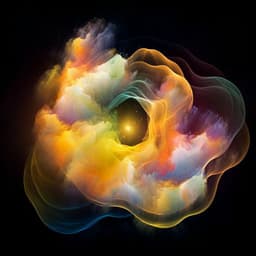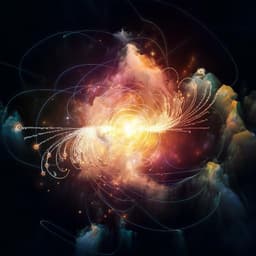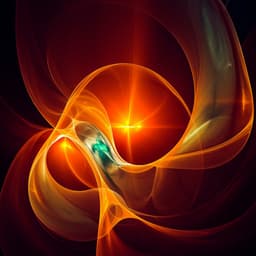
Biology
Topaz-Denoise: general deep denoising models for cryoEM and cryoET
T. Bepler, K. Kelley, et al.
Discover Topaz-Denoise, a revolutionary deep learning method designed by Tristan Bepler, Kotaro Kelley, Alex J. Noble, and Bonnie Berger, that enhances the signal-to-noise ratio of cryoEM images, allowing for clearer micrograph interpretation and accelerated data collection. This innovative approach makes it possible to solve complex 3D structures with ease!
Playback language: English
Related Publications
Explore these studies to deepen your understanding of the subject.







